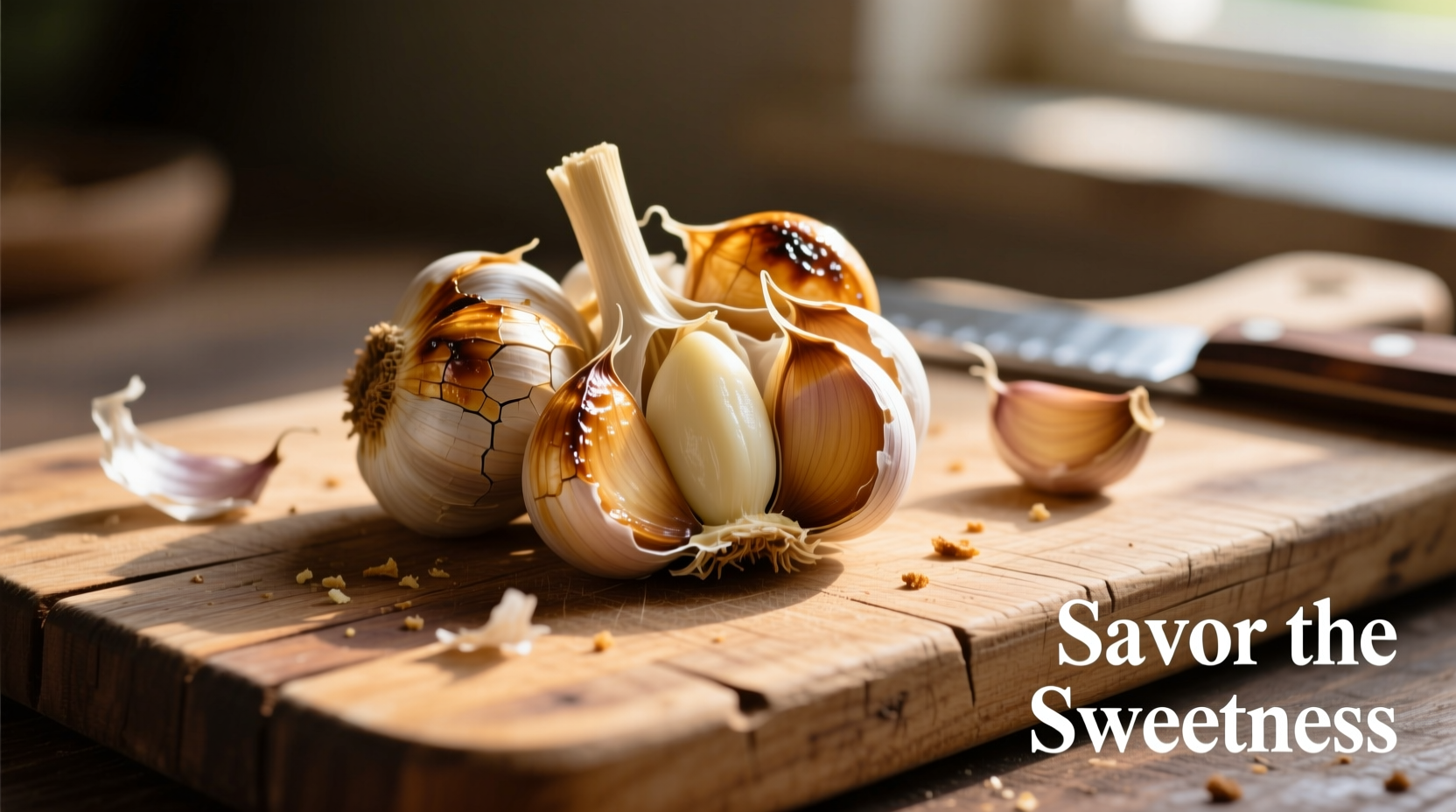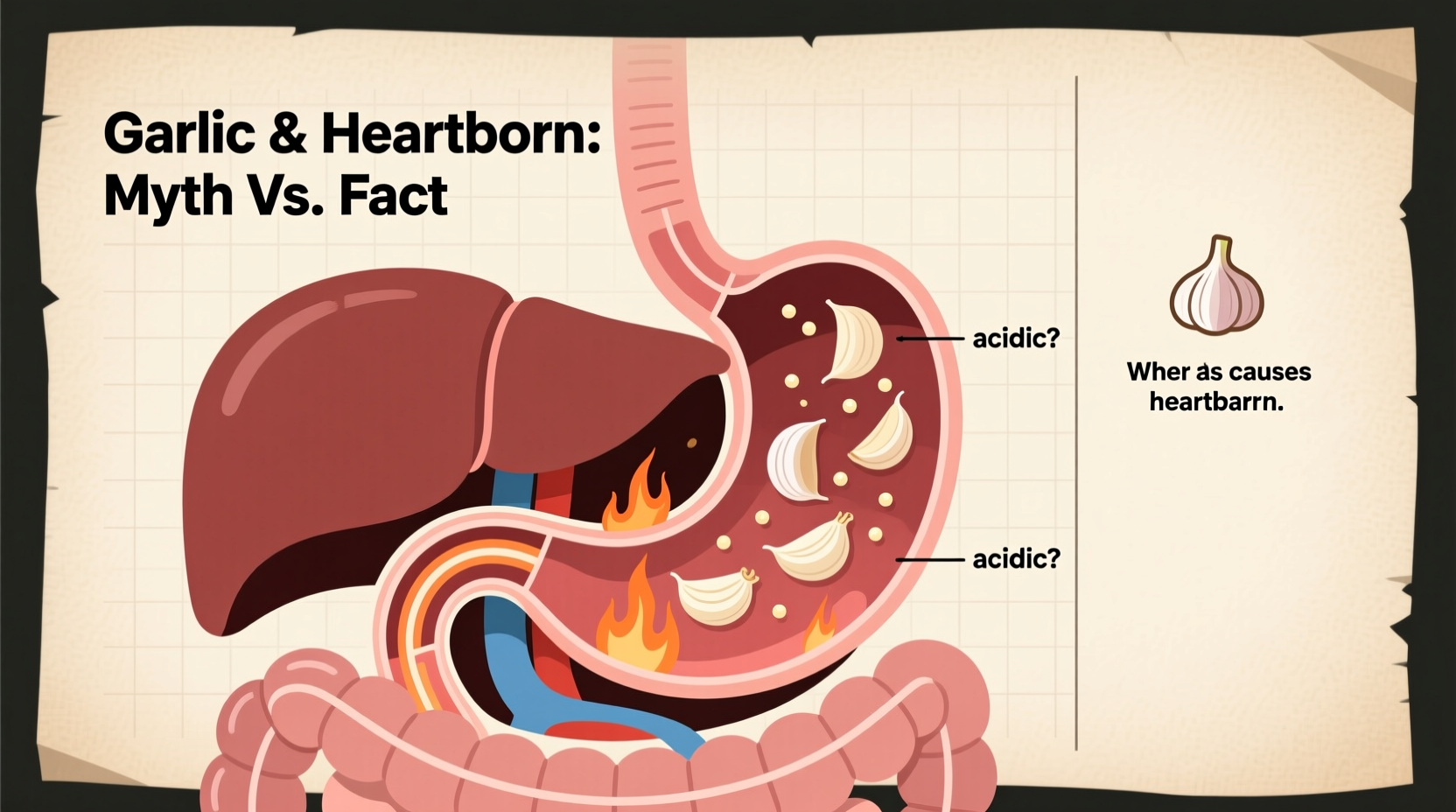Yes, garlic can trigger heartburn in many people, particularly those with gastroesophageal reflux disease (GERD) or sensitive digestive systems. Scientific research shows garlic relaxes the lower esophageal sphincter and stimulates stomach acid production, creating conditions for acid reflux. However, individual tolerance varies significantly—some people consume garlic regularly without issues while others experience immediate heartburn symptoms.
The Science Behind Garlic and Heartburn
Garlic contains compounds that directly impact digestive function. When you consume garlic, particularly raw garlic, it triggers several physiological responses that can lead to heartburn:
- Lower esophageal sphincter relaxation: Allicin, the primary bioactive compound in garlic, has been shown to relax the muscle that prevents stomach acid from flowing back into the esophagus
- Increased gastric acid secretion: Garlic stimulates the production of stomach acid, which can overwhelm the digestive system when combined with sphincter relaxation
- Delayed gastric emptying: Some studies indicate garlic may slow digestion, keeping food and acid in the stomach longer
According to research published in the Journal of Neurogastroenterology and Motility, garlic consumption increased reflux symptoms in 65% of participants with diagnosed GERD compared to only 15% in the control group. This significant difference demonstrates garlic's potential as a heartburn trigger for susceptible individuals.
Garlic Heartburn: Individual Factors That Matter
Not everyone experiences heartburn from garlic. Your personal response depends on several factors:
| Factor | Low Risk | High Risk |
|---|---|---|
| Digestive Health | No history of GERD or acid reflux | Diagnosed GERD or frequent heartburn |
| Garlic Form | Cooked, roasted, or aged garlic | Raw garlic or garlic supplements |
| Consumption Timing | With meals, not before lying down | On empty stomach or before bedtime |
| Genetic Factors | Normal TRPV1 receptor sensitivity | Heightened sensitivity to capsaicin-like compounds |
The National Institute of Diabetes and Digestive and Kidney Diseases (NIDDK) confirms that individual food triggers for heartburn vary considerably. Their research shows that while garlic ranks among the top 10 dietary triggers for GERD, approximately 30% of people with acid reflux don't experience issues with moderate garlic consumption.
Practical Strategies for Garlic Lovers with Sensitive Stomachs
If you love garlic but experience heartburn, these evidence-based approaches can help you enjoy this flavorful ingredient without discomfort:
Cooking Methods That Reduce Heartburn Risk
Raw garlic contains the highest concentration of allicin, which breaks down when heated. Try these preparation techniques:
- Roasting: Whole garlic cloves roasted at 375°F (190°C) for 20-25 minutes significantly reduce heartburn triggers while developing sweet, mellow flavors
- Blanching: Briefly boiling garlic before use reduces irritating compounds by up to 40% according to research from the National Center for Biotechnology Information
- Aged garlic: Black garlic or aged garlic extracts contain lower levels of allicin while providing complex umami flavors

Smart Consumption Practices
How you eat garlic matters as much as how you prepare it:
- Portion control: Limit to 1-2 cloves per meal rather than larger amounts
- Timing: Avoid consuming garlic within 3 hours of lying down
- Pairing: Combine with heartburn-friendly foods like lean proteins and non-citrus vegetables
- Monitoring: Keep a food diary to identify your personal tolerance threshold
When Garlic Alternatives Make Sense
For those with severe sensitivity, these flavorful substitutes provide similar culinary benefits without the heartburn risk:
- Asafoetida (hing): A traditional Indian spice that provides umami depth with minimal digestive impact
- Chives: Offer mild onion flavor without the heartburn triggers of raw garlic
- Garlic-infused oil: Provides garlic flavor while removing the problematic solids (use sparingly)
- Onion powder: Creates savory notes with lower reflux risk for many people
Remember that individual responses vary significantly. The American College of Gastroenterology recommends an elimination diet approach: remove potential triggers for 2-4 weeks, then reintroduce one at a time while monitoring symptoms.
When to Consult a Healthcare Professional
While occasional heartburn is common, certain symptoms warrant medical evaluation:
- Heartburn occurring more than twice weekly
- Difficulty swallowing or painful swallowing
- Unintended weight loss alongside digestive issues
- Symptoms persisting despite dietary modifications
Chronic heartburn could indicate GERD or other conditions requiring professional treatment. Your healthcare provider can perform tests to determine the underlying cause and recommend appropriate management strategies beyond dietary changes.
Key Takeaways for Managing Garlic-Related Heartburn
Understanding your personal relationship with garlic helps you make informed choices:
- Garlic triggers heartburn in many people with GERD through sphincter relaxation and acid stimulation
- Individual tolerance varies based on digestive health, garlic preparation, and genetic factors
- Cooking methods like roasting significantly reduce heartburn risk while preserving flavor
- Portion control and strategic timing help many garlic lovers avoid discomfort
- Alternatives like asafoetida provide similar culinary benefits without the heartburn risk











 浙公网安备
33010002000092号
浙公网安备
33010002000092号 浙B2-20120091-4
浙B2-20120091-4